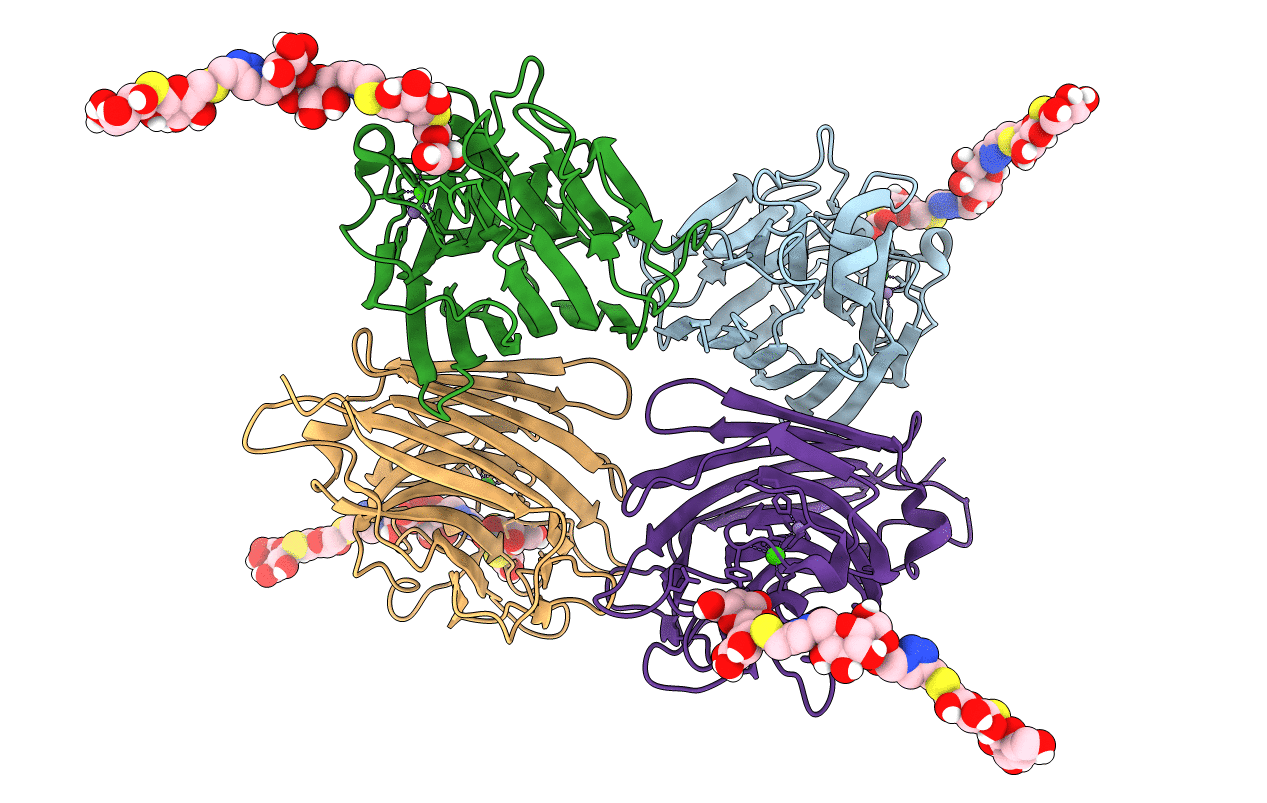
Deposition Date
2020-01-08
Release Date
2020-10-28
Last Version Date
2023-10-11
Entry Detail
PDB ID:
6VGF
Keywords:
Title:
Peanut lectin complexed with divalent S-beta-D-thiogalactopyranosyl beta-D-glucopyranoside derivative (diSTGD)
Biological Source:
Source Organism:
Arachis hypogaea (Taxon ID: 3818)
Method Details:
Experimental Method:
Resolution:
1.83 Å
R-Value Free:
0.24
R-Value Work:
0.22
R-Value Observed:
0.22
Space Group:
P 2 21 21


